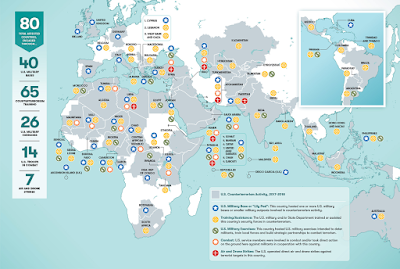Last week the City of Atlanta renamed Confederate and East Confederate Avenue to United Avenue. They also renamed a small street, Confederate Court as Trestletree Court.
Google and Apple Maps both responded quickly with the new names.
Over the years several streets with names honoring Confederate or Klan leaders have been changed. An article in CityLab includes this map showing streets that have been renamed in blue, recommended renamings in orange and other streets with Confederate names.
Renaming streets is expensive and can be controversial. From CityLab:
Google and Apple Maps both responded quickly with the new names.
Over the years several streets with names honoring Confederate or Klan leaders have been changed. An article in CityLab includes this map showing streets that have been renamed in blue, recommended renamings in orange and other streets with Confederate names.
Renaming streets is expensive and can be controversial. From CityLab:
"The proposal must be reviewed by the city’s urban design commission, then its public works department, then the utilities committee, and finally the city council. If you want to suggest naming a street after a living person, that person has to be at least 75 years old (No, Bobby Brown Parkway is not named after the King of R&B). Just to get started, the application fee is $2,500, which is compounded by the costs to the city for replacing the street signs if approved. Which is, yes, expensive."Also not mentioned are the costs to the residents and businesses for stationery, signs and other change of address inconveniences. Along Confederate Avenue most residents wanted to rename the street. In the future the city will look into much thornier renaming situations. Streets like Walker and Bell have less obvious associations but they are also named for Confederate leaders.













